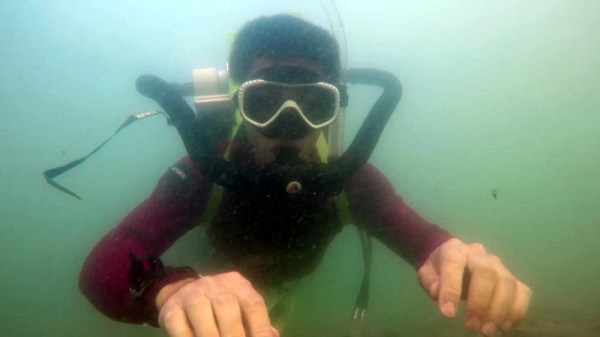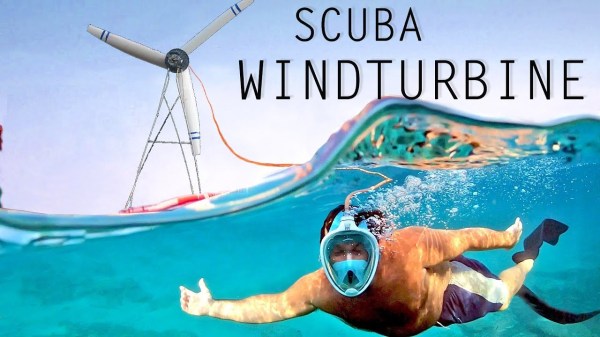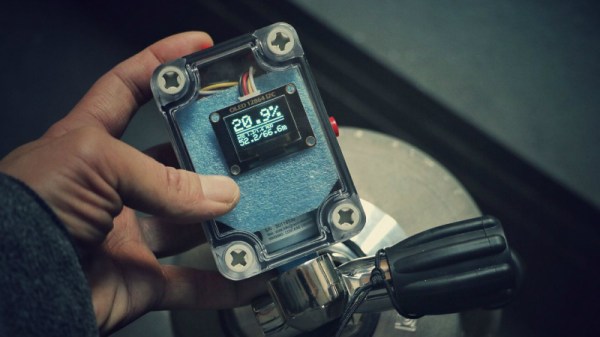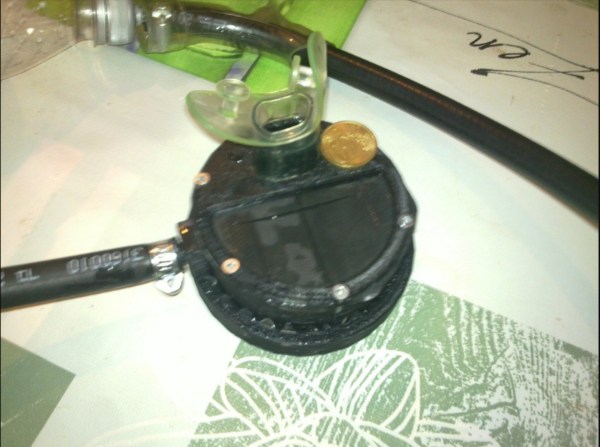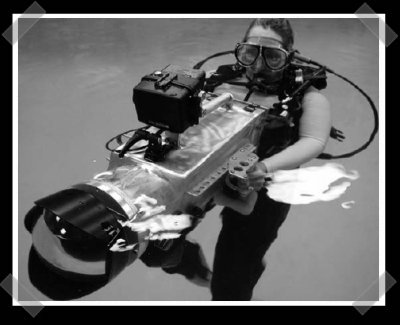If you want to explore underwater, you have a few options. You can hold your breath. You can try to recycle your air. You can carry your breathing air with you as in SCUBA. You can stick a tube up like a snorkel, or you can have air sent down to you from the surface. EXOlung falls into this last category, but unlike many other surface solutions, it has a twist: it never runs out of power before you do. Watch the video below and you’ll see how it works.
A buoy puts a snorkel up out of the water, and a tube lets you dive up to 5 meters away. There’s a small tank on your chest, and your body’s motion serves to fill the tank from the outside air supply. As your legs extend and retract, you fill the tank and then put the tank’s air at ambient pressure so you can breathe. As a bonus, by varying how you inhale and exhale, you can control your buoyancy and, therefore, your depth.
The system does require you to strap your legs up to the apparatus. However, other similar systems have compressors or batteries which can fail or run down, meaning there can be a limit on how long you can stay under. EXOlung claims there is no limit to how long you can stay under.
The cost looks to be around 300 Euro, although for a bit more you can get one that uses different materials to withstand higher pressures. That one has a 7-meter hose.
Another approach is to just carry a little air and remove the CO2 from it and rebreathe it. We’ve also seen a risky surface air pump that uses wind power.


